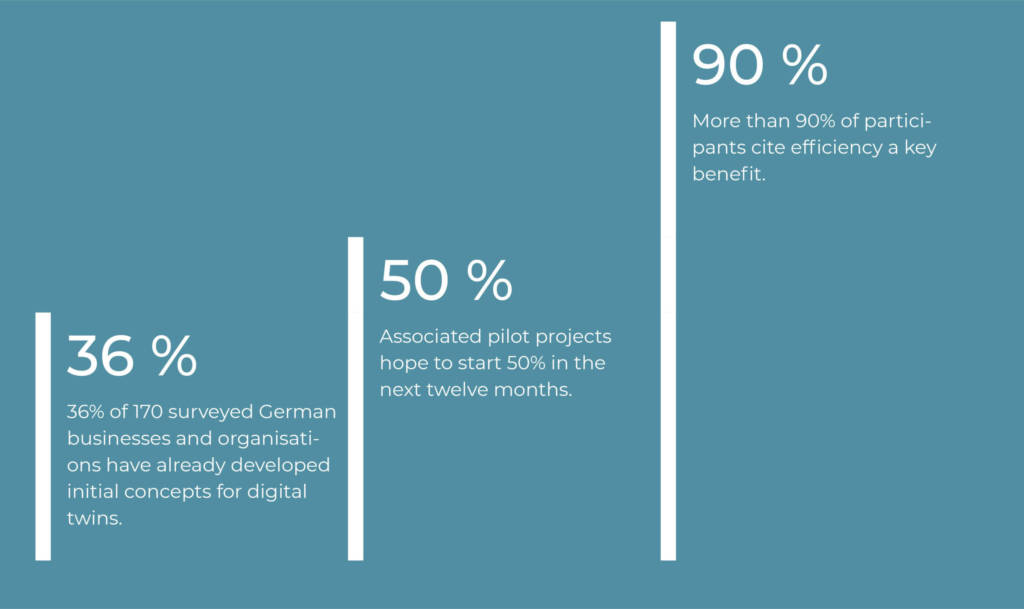Complex systems: making the right decisions.
In an age of Industry 4.0, modelling is the most suitable instrument for making the right decisions when operating complex systems. We develop simulators for testing and training. As a system operator, you can now make reliable hypotheses and implement optimisation strategies: as part of regular operations, in special situations such as start-up and shutdown, or in the case of functional disruptions or component failures. By precisely mapping the system’s dynamic behaviour, you will also be helping ensure correct operator conduct.
HIGH FIDELITY
Highly dynamic systems need highly dynamic solutions.
What was current yesterday is already considered outdated today: processes and production are becoming increasingly unfathomable as digitalisation continues to grow. The way in which energy and industrial systems operate is constantly changing. Acting profitably as an operator of highly dynamic systems now requires highly dynamic solutions. High-fidelity modelling and modular digital-twin environments, developed by EKu.SIM, enable a pure, direct connection between real and virtual operation.

„Our simulation models enable us to create a 1:1 reproduction of reality – so accurate that even experts find it difficult to tell the difference between the real system and the digital twin.“
DIGITAL TWIN
1:1 modelling – a game-changing digital invention.
A product of digitalisation, the digital twin is now a central component of Industry 4.0, and is indispensable in many sectors. As a model of a process or product, it can be anything it needs to be – a single boiler, turbines or an entire industrial plant. It is used both for existing and planned objects. The digital twin applies data, algorithms and sensors to simulate realistic working environments, and, having been supplied with the real control data, acts in sync with the system.
Simulation-based analysis: anywhere, anytime
Simulation-based analysis and evaluation help you, as an operator, with your planning and process decisions, which in turn function smoothly when the digital twin is as close as possible to its real-life role model. And you don’t even have to be there in person; you can retrieve concrete images and results from practically anywhere. Digital twins are also used for training purposes. This does not affect the system itself, which is able to continue operating.
Data exchange, from planning and start-up and throughout the entire life cycle.

(Cross-Business-Architecture Lab/Detecon study)
By 2025, all digital twins will collectively a productivity increase of 78 billion euros in the German manufacturing industry alone.
(Bitkom digital association)
One digital twin – a wide range of possibilities:
Simulation solutions for the whole power industry

PROCESS OPTIMISATION
Always up to date.
It’s a typical scenario: the control technology needs to be adapted. But how will the system behave after the change? We cannot be sure. And finding out requires one thing: time, during which the system may not work optimally and avoidable costs are incurred. Our solution: to use advanced modelling techniques and high-performance simulation software to create a 1:1 replica of your system, with all its key features. This allows us to know beforehand what impact changes will have, and to detect any potential simulation errors, saving time, money and, equally importantly, stress during the real system process.
DOCUMENTATION
Data and documents belong together.
A digital twin needs to be fed – with real information about all the components in your system, throughout the entire product life cycle. The operator creates a log book for the exact replica, pooling all relevant data and documents. It is easier to assess problems or outages if you know which component has been supplied by which manufacturer, when the last maintenance was performed or which software has been used.Through our decades of experience, we’re familiar with the processes needed to keep systems and twins in sync. Only a simulator that is up-to-date with the system will provide the necessary added value for you as an operator.
Knowledge grows simultaneously
The reality goes something like this: the system reports an error, and you, as operator, can instantly retrieve information and status data about the affected part via the digital system. The relevant documents, including recommended actions, are provided, and the troubleshooting process is documented and linked to the system part. These scenarios can be input into the simulator and analysed, or the processes can even be tested out beforehand. Potential improvements are promptly fed back into the system. The constant updates link knowledge with the system.
-
Swift reaction to incidents
-
Knowledge that grows simultaneously
-
Less pressure on the project management
-
Support for staff
-
Quality assurance
-
Increased availability
-
Modification of parameters

